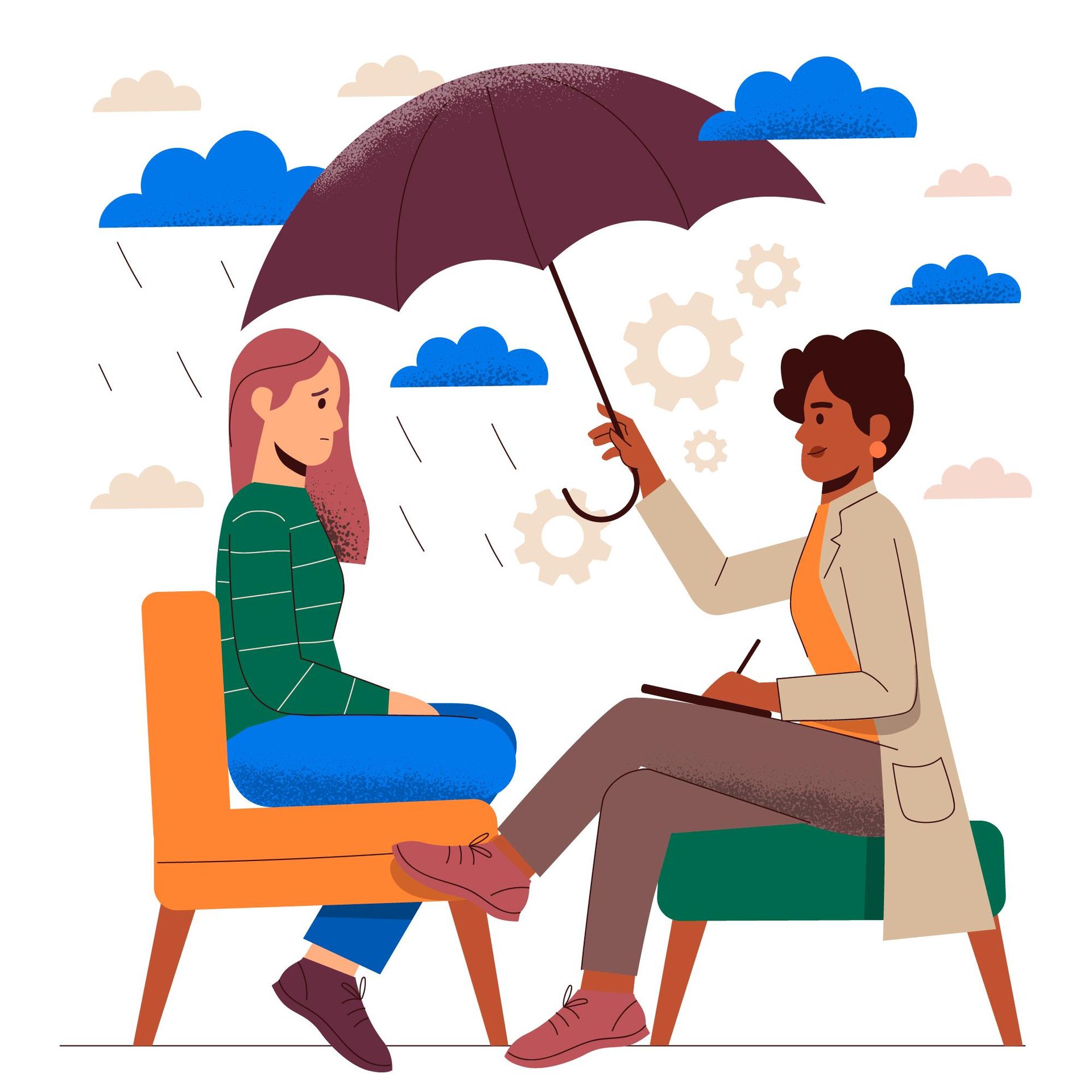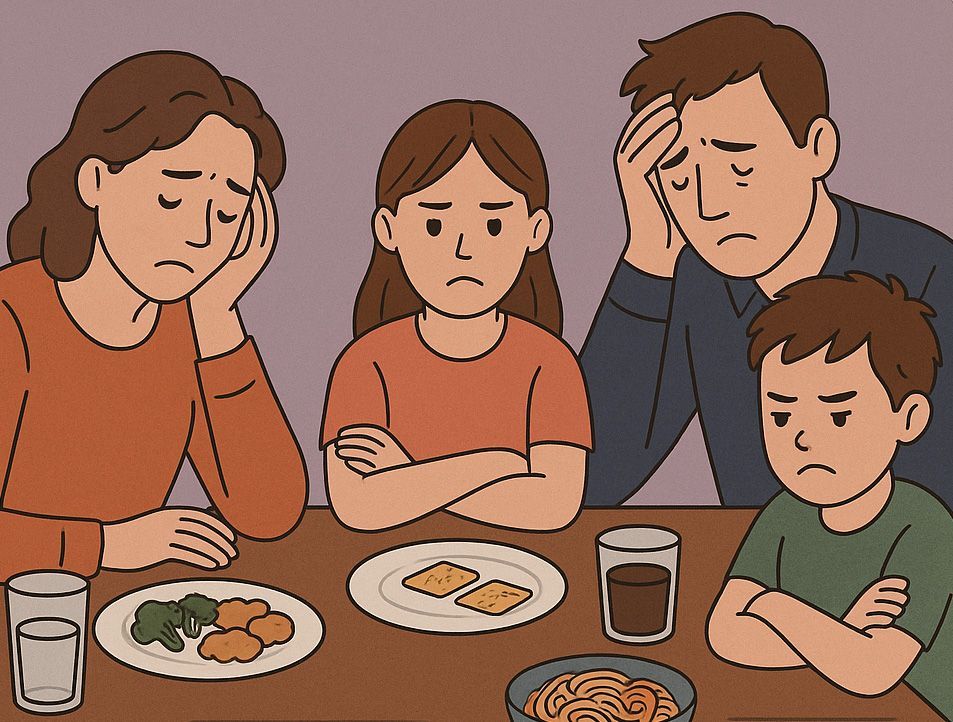Art Therapy: Harness Creativity to Promote Mental and Behavioral Health

By Thrive Reno Therapist Paige Schanbacher, MFT-Intern
Sometimes, finding the words to explain how you’re feeling can be challenging. For individuals struggling with trauma , children yet to develop effective language skills, and individuals experiencing mental or behavioral health conditions, this difficulty to express oneself can be especially prevalent.
Enter art therapy! By allowing individuals to wordlessly share their struggles, experiences, and story through creative mediums, art therapy can be a powerful intervention that helps individuals overcome the limitations of language. Potentially mistaken as a casual activity, art therapy is in fact an evidence-based modality led by master’s level therapists who curate the practice toward each clients’ therapeutic goals.
FOUR FASCINATING FACTS ABOUT ART THERAPY
1. Art therapy was initially used to help soldiers returning from the world wars process their wartime experiences and readjust to civilian life.
Since its inception as a way to treat psychologically-scarred soldiers, art therapy has expanded to help individuals experiencing other mental and behavioral health struggles, including eating disorders , substance use disorders, depression , anxiety , and even grief .
2. Art therapy provides a cathartic way to create a non-verbal personal narrative.
The deeply-subconscious activity of art marking can provide a way for individuals to understand and express their thoughts and emotions without using words. Art therapy can involve creating collages, sewing, painting, drawing, and more. By diving into the client’s artistic decisions, such as the lines, shapes, and colors they chose, art therapists can guide individuals to develop a fuller understanding of their inner-selves.
3. Art therapy can help individuals further their personal growth.
Art therapy isn’t only beneficial in treating psychological struggles. Anyone seeking to develop a better understanding of themselves and their experiences can participate in art therapy. The practice empowers individuals to bypass any inclination to rationalize or intellectualize, and instead, they are free to honestly explore their thoughts, emotions, and behaviors.
4. Art therapy falls under the umbrella of expressive therapies which include music therapy, writing therapy, and dance therapy.
Expressive therapies allow individuals to explore their creative spirit through the outlets that feel most inspiring, which may include doodling, sculpting, playing instruments, singing, dancing, journaling, and writing poetry. From the drumbeat one chooses to the tone of their poems, insights can be gained from the creative process when guided by a trained therapist. The art that individuals create inevitably embodies their experience, even if they’re unable to describe it in words.
About the Author
Paige Schanbacher, MFT-Intern — Thrive Reno Therapist
Paige Schanbacher, MFT-intern, received her bachelor’s degree in pre-medical chemistry and her master’s degree in marriage & family counseling from the University of Nevada, Reno. Paige offers individual, couples, family, and group counseling. She has experience working with homeless young adults, first generation immigrants, those in the LGBTQIA+ community, and individuals with mood disorders, anxiety and personality disorders. Paige believes in a client centered, multicultural and trauma informed approach to counseling. She is passionate about using unique and creative interventions in therapy, including music, art and psychodrama. Paige has utilized tarot cards and astrology with her clients who are interested in integrating their spiritual practice in session. When she is not therapizing, she likes to hang out with her dogs, fight people by way of Muay Thai, and watch youtube essays analyzing pop culture.
The post Art Therapy: Harness Creativity to Promote Mental and Behavioral Health first appeared on Thrive Wellness.








